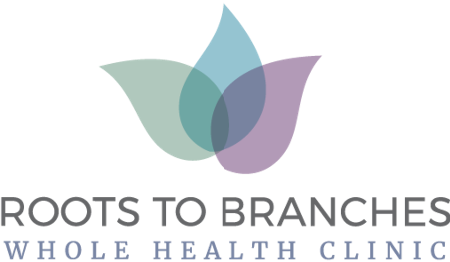The difference between PMS and perimenopause is whether you ovulate or not.
Menopause is defined as 12 months without a menstrual cycle, but so much is not being assessed, discussed and treated during the symptomatic perimenopausal 4-8 year period before “crossing the finish line.”
It can be tricky to identify because women report symptoms of PMS and often classic menopause symptoms at the same time.
The most commonly reported symptoms during perimenopause and menopause are:
- fatigue,
- vasomotor symptoms (hot flashes and night sweats),
- irregular cycles (shorter or longer cycles and often more heavy),
- insomnia (often trouble staying asleep),
- mood changes, such as anxiety and depression, and
- body composition changes.
Perimenopause is characterized by changes in your cycle length of 7 days or longer in either direction from your normal cycle for at least two cycles or up until the menopause phase.
If you are over 45, perimenopause is often diagnosed based on your symptoms.
Can you get blood work done to confirm perimenopause?
Typically not. The first marker we start seeing elevated in perimenopause is FSH (Follicle follicle-stimulating hormone), but it isn’t always consistent.
So, Bottom Line?
You don’t have to wait until you are in menopause to get support for your symptoms.
Are you Interested in Thriving in your 40’s and Beyond?
Our integrative team at Roots to Branches excels at supporting your hormone health during PMS, perimenopause, and beyond. Book an appointment with one of our team members HERE to get started.
Intrigued but not quite ready? Join our mailing list and get first dibs on women’s health knowledge and tips, class and workshop notifications, and more! Sign up HERE.

